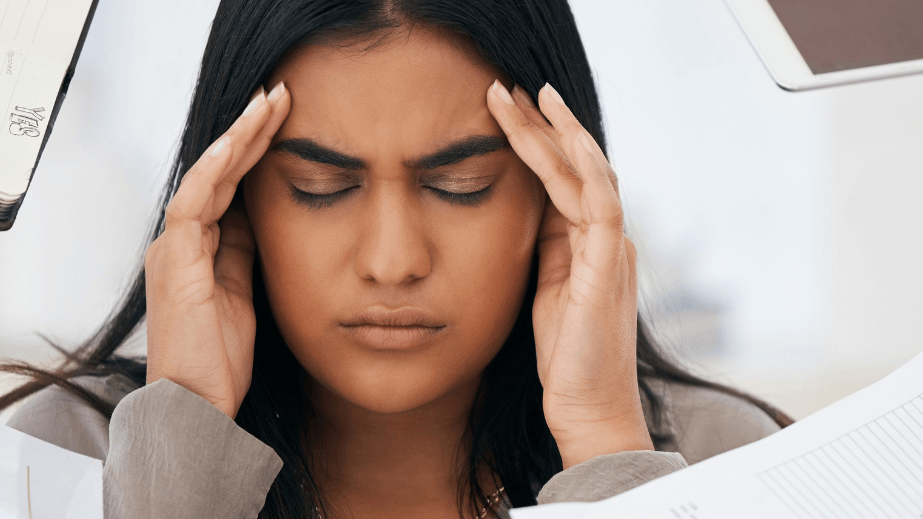
For decades, leadership models have emphasized structure, execution, and decisiveness—traits traditionally associated with masculine energy. But as businesses navigate rapid change, evolving workforces, and increasing complexity, a new kind of leadership is emerging—one that integrates feminine energy traits like adaptability, intuition, and emotional intelligence.
What many leaders don’t realize is that this shift is already happening—not through abstract theory, but through well-established leadership models that have gained mainstream credibility.
The Leadership Shift: Masculine vs. Feminine Energy
Traditional leadership models have largely favored masculine energy—hierarchical decision-making, strategic dominance, and results-driven execution. While effective in stable environments, this approach struggles in today’s dynamic landscape, where uncertainty and human connection drive long-term success.
Feminine energy in leadership isn’t about replacing logic and execution—it’s about integrating collaboration, intuition, adaptability, and relationship-building to create sustainable, high-performance leadership.
Let’s explore some of the most widely recognized leadership methodologies and see how they already embrace feminine energy.
How Today’s Leadership Models Reflect Feminine Energy
1️⃣ Adaptive Leadership (Heifetz & Linsky)
- Masculine: Strategic problem-solving, risk-taking.
- Feminine: Sense-making, resilience, collaboration.
- Why it matters: Leaders today must navigate constant change, requiring the ability to sense patterns, listen deeply, and adapt in real time—hallmarks of feminine leadership.
2️⃣ Emotional Intelligence (Goleman)
- Masculine: Self-regulation, motivation, decision-making.
- Feminine: Empathy, interpersonal connection, adaptability.
- Why it matters: The most effective leaders are emotionally intelligent, balancing structure with the ability to read people and relationships, making better long-term decisions.
3️⃣ Servant Leadership (Greenleaf)
- Masculine: Commitment, decisiveness.
- Feminine: Empathy, listening, community-building.
- Why it matters: Traditional “top-down” leadership is breaking down. Today’s leaders must empower, not control, which requires high emotional intelligence and a service-oriented mindset.
4️⃣ The Leadership Circle
- Masculine: Controlling, perfectionistic tendencies.
- Feminine: Creative leadership, relationship-driven influence.
- Why it matters: This model shows how leaders who over-index on masculine energy become reactive, while those who integrate feminine traits unlock creativity, trust, and collaboration.
5️⃣ Strengths-Based Leadership (CliftonStrengths)
- Masculine: Command, Achiever, Competition.
- Feminine: Empathy, Adaptability, Connectedness.
- Why it matters: High-performing teams leverage strengths across both energies, blending execution with deep interpersonal awareness.
6️⃣ The Enneagram & Leadership
- Masculine: Type 8 (challenger), Type 3 (achiever).
- Feminine: Type 2 (helper), Type 9 (peacemaker).
- Why it matters: The most effective leadership teams blend different energies, balancing assertiveness with emotional intelligence.
Why This Matters Now
The shift toward feminine-coded leadership isn’t just a theory—it’s already embedded in the most respected leadership models today. The challenge for organizations isn’t whether to embrace feminine energy, but whether they recognize its value and apply it intentionally.
💡 Firms that fail to integrate these qualities will struggle with:
- High turnover & burnout—as employees reject rigid, hierarchical work cultures.
- Low engagement & innovation—as creativity and adaptability get stifled by excessive structure.
- Weakened leadership impact—as leaders who rely solely on logic and execution lose influence.
On the flip side, leaders who consciously integrate both masculine and feminine energies will navigate uncertainty, build resilient teams, and drive sustainable success.
Where Do You Stand?
Are you leaning too far into execution and structure without fostering adaptability and connection? The best leaders balance both.
Take the Leadership Energy Test to find out where you stand—and how you can integrate these principles into your leadership style.









